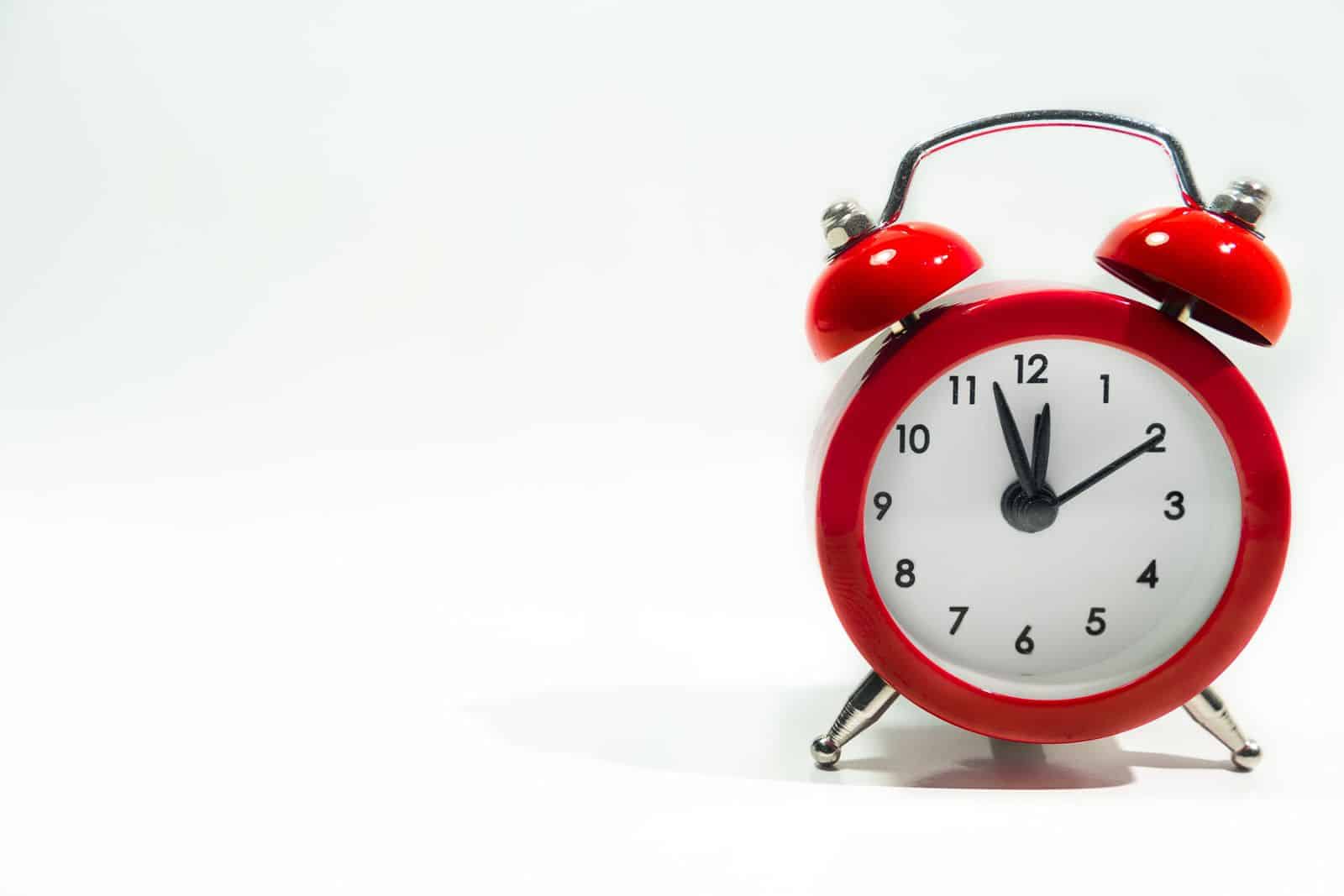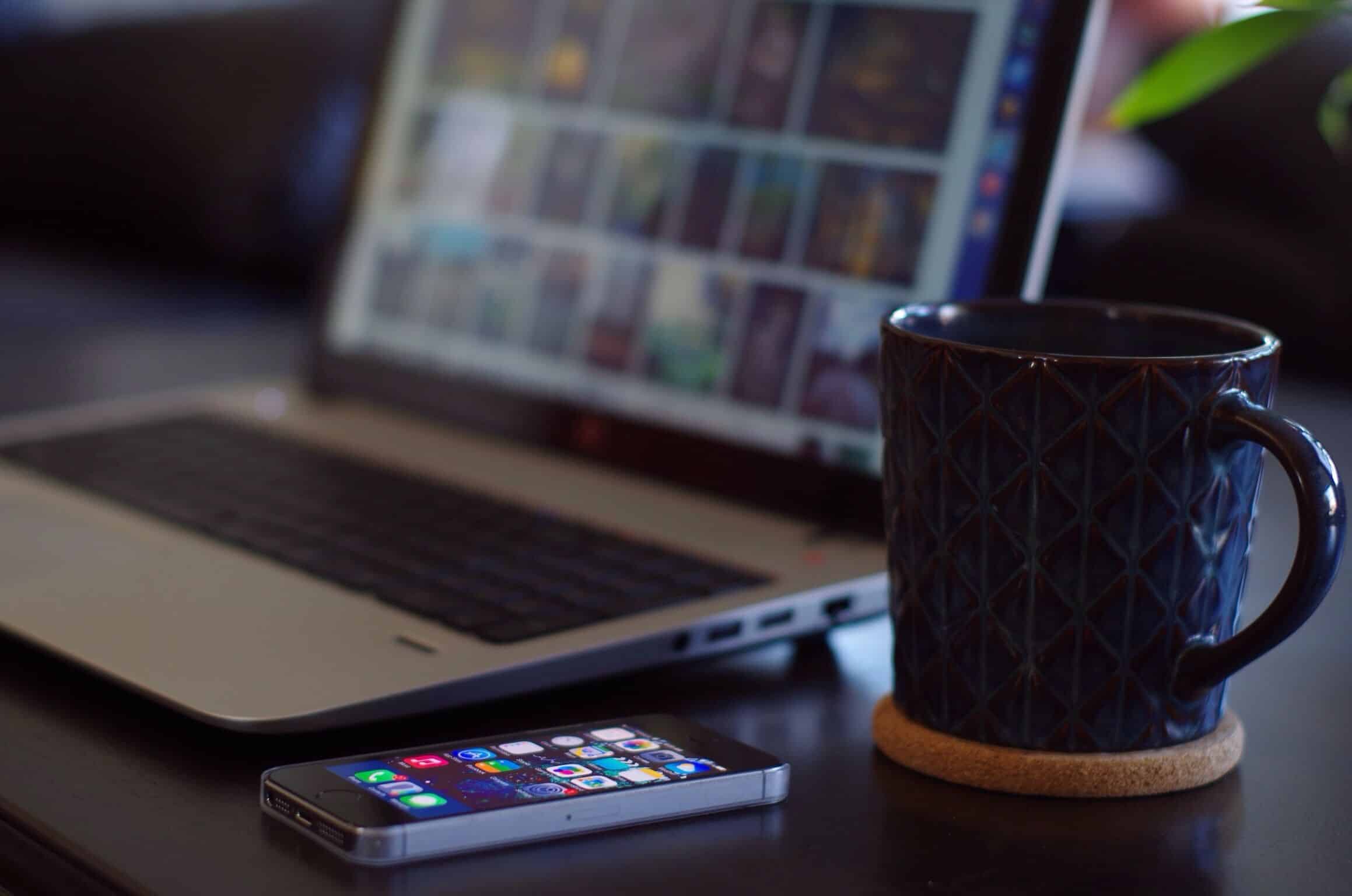There’s nothing quite like coming up with that killer mobile app concept that you know will disrupt the industry it exists in. If you’re a mobile app designer or developer, you’ve probably spent countless car rides into work rehearsing your interview with Terry Gross or Conan O’Brien after inventing the next Tinder or Airbnb. So when you have that magical idea that just clicks, and you’re given the go-ahead to make it happen, it’s pretty exhilarating.
That is until five separate client-side committees weigh in on what they want the app to look like, your well-meaning but overzealous middle manager offers some uninvited input, and overall, the mobile app design process murders what could have been a truly disruptive concept.
We’ve all been there, heading out to happy hour to quell our sense of defeat after seeing the best of our creative ideas being crushed by the app design process. But how can mobile app designers, developers, project managers and art directors avoid this all-too-common scenario?
One of the most important things to do is to realize that the best offense is a good defense. If you avoid the following mobile app design process SNAFUs, you may just end up with the next big thing on your hands:
1. Invite the input of too many cooks.
The fact that having multiple different opinions, often from less-than-expert sources, can ruin a final creative product — from broth to mobile apps — is so well-known it’s basically a joke now. And yet, so many app design processes are ruined by this very concept, even now.
We’re not talking about having an art director weigh in on your final design, or a senior developer take a look at your code to tighten it up a bit. Feedback is a necessary part of not only the mobile app design process but also your individual growth as a mobile app designer or developer. Everyone needs constructive criticism, expert tips or just a third-party perspective. We’re not saying to eschew all that.
What we are saying is that far too many projects get mired in a never-ending feedback cycle, often by parties who (how shall we put this nicely?) might not have the necessary background to provide useful, constructive feedback. Let’s face it: almost every mobile app designer has been forced to use terrible fonts, embed automatic music or video, overload a page with a copy of dubious quality or throw in gaudy, unnecessary animations because it was what the client wanted. And at the end of the day, if your client’s name is on a contract, you might have to make some compromises.
Of course, if you’re independently developing an app with no particular client in mind, you can still get caught up in the feedback cycle. Maybe you’re in college, and your professor keeps hammering you to make changes. If you’re a designer, your developer might be weighing in more than necessary or vice versa. Heck, even your mom or your roommate might look over your shoulder and decide it’s time to contribute some input.
None of this is bad in itself but remember: you don’t have to listen to everything everyone suggests. In fact, you shouldn’t. Need proof? The extraordinarily successful Mint app was designed by one person, Aaron Patzer before he assembled a team and a company around it. Now, the most important feedback Mint heeds is from their users, who are over 10 million strong.
2. Set impossible deadlines.
One of the best ways to use the app design process to set yourself up for failure is to set an impossible deadline. Yes, we know pride can get in the way sometimes — and we’re sure you can design and code in your sleep while pedaling a bicycle and doing your taxes — but it’s best to err on the side of caution when it comes to deadlines, even if the client is pushing back.
One of the best examples illustrating how disastrous aggressive deadlines can be predated mobile app design. As you may know, many people regard the E.T. the Extra-Terrestrial video game as the worst game of all time, and indeed even the catalyst that brought down Atari and the video game industry in general for many years. The game was so bad that Atari ended up burying the unsold cartridges in a landfill in New Mexico.
What you might not know is that the game had a huge scope and an impossible deadline. E.T. the Extraterrestrial was made in a mere five weeks to hit the market for the holiday season, where a game of that magnitude ought to have been created over several months. But when people played the game, their reaction wasn’t, “Wow, this is a pretty incredible game given that it was only made in a few weeks!” It was a barely playable game, deadlines be damned.
Remember: while you think you might be able to drop a perfect product on the market in an inhumanly short amount of time, it’s still better to give yourself plenty of room to ensure the app design process isn’t shortchanged.
3. Schedule as many unnecessary meetings and client calls as possible.
Even if you do have a cushy deadline, you can still make it impossible to meet by filling the app design process with countless meetings. Agencies, we’re looking at you. Employees waste 31 hours per month — that’s four whole workdays — on useless meetings.
Sometimes, during the app design process, it makes sense to meet in person or over the phone when it comes to discussing a design comp or mobile beta. Some feedback just doesn’t translate well over email, and being able to scroll through the prototype together can help expedite the feedback process. But, yet again: are you making sure that the feedback you’re getting is useful and actionable? Are you avoiding the too-many-cooks scenario?
Sometimes it’s best to push back and establish yourself as a trustworthy authority on your project. Multiple client check-ins can simply delay the app design process. If it’s your project manager or director taking up too much of your time, it might help to politely request to keep check-ins to a minimum or convert some meetings into follow-up emails. If you’re spending more time mulling over a design than designing, that’s an issue.
4. Maintain the “What else can we throw in?” attitude.
If you want to hit your deadline on time, don’t change the scope of the project. If you want to change the scope of the project, adjust the deadline accordingly.
Even so, if you find yourself in the middle of the app design process and start thinking, “What other features and functionality can I toss into this?”, it’s a good indication you should stop and slow down. Remember that one of the most important aspects of designing a mobile app that feels like magic is to keep your app simple and elegant. Too many design elements — and indeed, too many features — may only bog down and confuse your users. Especially if those features end up getting so buried your users can’t even find them.
Many times, your client might come up with new bells and whistles they’d like to see you add to the project on the fly. Again, it’s often best to reel them in. Remind them that the simpler the design, the more intuitive it is to use. Some features might not even make sense within the original scope of the project (if you’re designing an apparel e-commerce app, you probably don’t need video integration, at least in the first beta).
Keep it simple. As robust as mobile technology has become, we’re still talking about devices that fit in our hands or (oversized) pockets.
5. Decide mid-project that you should be imitating other apps.
Imitation may be the greatest form of flattery, but it’s also one of the best ways to ruin an amazing mobile app project and break the app design process — not to mention your designer’s spirits.
When this happens during the mobile app design process, it’s usually a case of executive meddling. At some point, either your manager or your client suggests, “Why don’t we just do what we did before, with some changes?” or “Why not make this look like [insert wildly successful app here]?”
Making an app that looks and functions either like something you’ve created before or another app that exists elsewhere on the marketplace can be a nice shortcut when that deadline starts looming, but it’s also a guaranteed way to ensure your app isn’t the next big thing. Why? The big thing already happened, and you’re ripping it off. Unless you’re Zynga prior to their 2013 downfall, that’s not a recipe for disruption.
6. Refuse to use the right tools to do the job.
While you shouldn’t necessarily toss budget at any new design or development tool that catches your eye, refusing to upgrade your tech or invest in tools to improve your process is a great way to keep your best ideas in the Dark Ages. In other words, if you’re a designer who’s still using Adobe CS3, or a developer hand-coding your beta using the native plain-text application that came with your machine, you’re holding yourself back big-time.
Another issue completely separate from investing in new technology is simply learning new and current techniques. If by now, you’re not up to snuff on HTML5 or parallax scrolling, your competition is going to leave you in the dust. You may have the most brilliant mobile app concept your clients or potential users have ever seen, but without the right tools and technology, it will fail before it even sees the light of day.
Of course, deadlines are an issue here, too. Without the right technology, you’re likely to keep pushing the deadline simply because your mobile app process isn’t efficient. In fact, this can apply to any of your business systems, not just your design and development tools. If your server has aged out of support and starts failing, or your Internet router is on its way out, you’re in for a world of frustration.
7. Beat the fun out of the mobile app design process.
While we’re sure there are some folks out there who become mobile app designers or developers because they couldn’t think of anything else to do, most app geeks are driven by passion. After all, there’s nothing like seeing your ideas come to life, then watching your user base grow by the thousand (or even million!)
But what all of the app design process issues up to this point do, besides stall your project, hurt your end product and ruin your original concept, is remove all of the fun and enjoyment from the creative process. Designers who love their jobs are engaged workers. Engaged workers are better, more productive workers. If you’re a project manager, make it your priority that your designer and developer don’t end up hating their jobs. It’s not just the nice thing to do, but it will ensure a better product.
8. Short-change the quality assurance process.
Want a no-fail, 100% guaranteed way to make sure your incredible, disruptive mobile app concept is dead on arrival? Let it crash as soon as the user tries to open it.
Usually, when deadlines creep up sooner than designers and developers anticipate and some part of the app design process ends up getting shaved, it’s testing and QA. And that’s a problem. You can have the most beautiful, feature-rich design in the world, but if it doesn’t work, it’s going to fail. Period.
Just because quality assurance tends to be one of the last parts of the app design process doesn’t mean that it’s any less important than all of the other parts. If you find yourself running out of time, push the deadline back. A late app is better than an app that doesn’t even work.
9. Prototyping and testing your app the wrong way.
One of the best ways to make your app design process more efficient is to upgrade your prototyping process. Whether you’re still sending flat wireframes to your clients or hand-coding fully fleshed out betas, you could be doing better. Wireframes might be a great way of showing the flow of a website, but a mobile app really needs to be touched and experienced with gestures for a potential user to get the full impact.
Consider Snapchat: the gesture-based design is so integral to the experience that it would be difficult to convey it using a static mockup. With the right prototype, you can let your client, investor or potential user test drive your app, rather than observe from the passenger’s seat.
While a two-dimensional wireframe might not have the wow factor of a mobile beta, forcing your developer to sink bandwidth into concepting is also not the most efficient use of his or her time. Thankfully, there’s a middle ground. With tools like Proto.io, the designer can create a fully animated, interactive prototype to show clients or potential investors, even with little to no development experience. That makes not only for a more dazzling prototype but a much smoother and more enjoyable app design process.
Much of what ruins a beautiful mobile app concept is simply time management. From impossible deadlines to useless meetings, a lack of efficiency in the app design process can take the most innovative idea and make it boring, or worse — useless.
Don’t let the process get you down. With Proto.io, you can create a living, breathing prototype of your design using a simple drag-and-drop interface. As easy to use as it is configurable to specs, Proto.io is a perfect way for designers, developers and even complete mobile app design newbies to realize their most disruptive ideas. Visit Spaces to see how other members of the Proto.io community are creating awesome prototypes!









